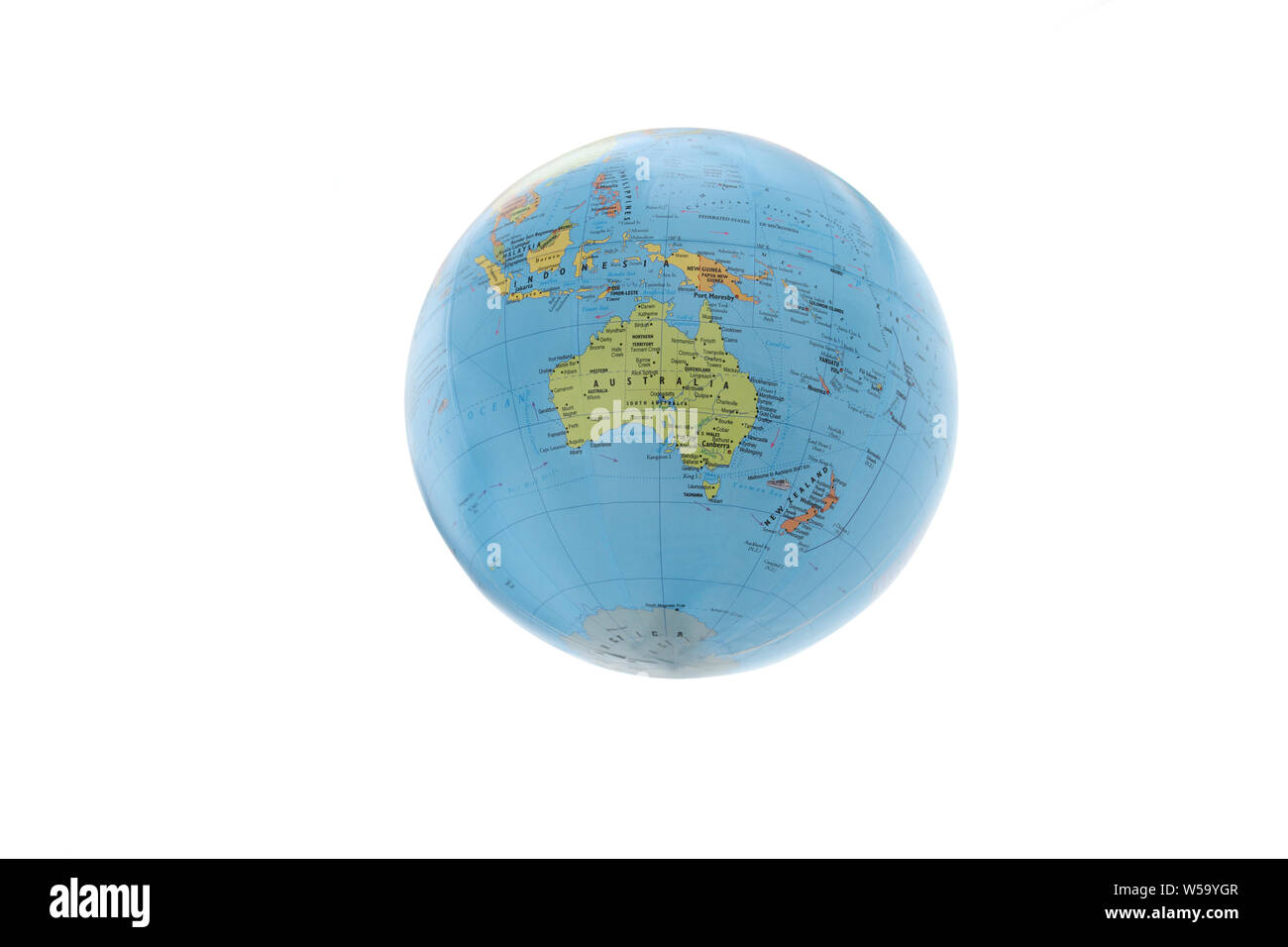

Game map interfaces are nearly ubiquitous, especially open-world games, and foster exploration and aid navigation of virtual worlds, much like their physical counterparts. Different games, different gameworlds, different genres, different premises all shift the needs of the game map, yet the features of the systems that make up the game map are mostly unexplored and undefined. This often results in maps and mapping technologies that are more robust and interactive than those for real-world use: locations (e.g., those visible, but not reachable locked doors) and objects (e.g., plants stones puzzles) all have the potential to be essential to the everyday life of a video game resident.

Video games tend to highlight concepts that extend beyond everyday life. Many of the features of maps are ignored during their everyday use as users often only focus on wayfinding for individuals or groups-direct movement from point A to point B. Maps, both in video games and in real life, enable wayfinding and communication. One often overlooked connection between real life and video games are maps of video games’ virtual worlds. Many video games rely on real-life concepts to provide players with senses of familiarity, immersion, detail, and depth inside their alien environments. With these concepts in mind, we began a deep dive into video games and mapping technologies, identifying, and working from other games with cartography oriented interfaces. Its collection of mechanics and clever integration of its gameworld and map systems are likely to be taken up by other designers. Had Nintendo been inspired by products from elsewhere? What other game maps had systems like these? Finally, could any of the things that game makers have been doing provide design insights for better ways to integrate maps and mapping with real life?Īs the authors had these experiences, it also became clear in the gaming media that Breath of the Wild is influential and would impact the design of games for years to come. I thought, “why has no one considered this feature until now?” Further, I began to wonder what the inspiration was for Nintendo-the game's creator-to create this system. Further, because of my extensive background in gaming, I knew such a system had never been made before. This simple in-game system impressed me, as my research work focused on maps and mapping technologies for crisis response and management. Being high up on the tower, I could see quite a ways off and this made me want to go and explore those spaces, wander the vast gameworld. I found that, on looking at my map interface, those markers appeared as pins on the map (Figure 1(F)). In response, the mini-map in the bottom right corner panned to follow the line I had “fired” to pinpoint the location, then panned back to center on my avatar. With another button press, I could “fire” at what I was looking at, adding a glowing mark to the scope view (Figure 1(E)). I could scan the distant horizon and zoom in (Figure 1(D)). Using the Sheikah Slate in this scope mode shifted the game from third-person (Figure 1(A)) to first-person (Figure 1(B) and (C)). Upon being pressed, my avatar responded by raising his Sheikah Slate 1 in front of his face like he was going to take a picture with a tablet computer (Figure 1(B) and (C)). This man instructed me to press a particular button on my game controller.
#Shadow complex map exclamation point how to#
While I stood there, the tutorial guide, a non-player character, explained how to use one of the key tools for playing the game (Figure 1(A)). From this vista, I could see far off places of interest, spaces to which I'd eventually travel. The view on top of the tower was astounding. Toups.)Īs I tried to relax between conference submission deadlines, the opening tutorial of The Legend of Zelda: Breath of the Wild had guided me back to the top of a large tower I had visited earlier. (A) Avatar standing next to the tutorial guide atop a tower in third-person view (B) Transition when avatar holds up the Sheikah Slate to activate scope mode (C) Initial view through scope mode, pointed where the avatar is pointing, now in first-person view (D) Pointing the scope at a far-off tower (E) Placing a pin by “firing” at a the tower, resulting in the violet pin being added to the mini map (F) Complete map showing the avatar's location and the violet pin that was placed.

Pins appear in the full-screen game cartography interface (F) and in the mini-map (visible in the bottom-right corner of A, C–E). Screenshots from The Legend of Zelda: Breath of the Wild showing its game cartography interface for placing pins through the Sheikah Slate's scope mode in a 3D gameworld.


 0 kommentar(er)
0 kommentar(er)
